Encyclopaedia of Mineralogy (In 3 Volumes)
Synopsis
Mineralogy' is a branch of science, under which we study about the minerals, which are obtained from the earth. All the minerals are found in the earth. We dig out the earth for getting minerals in the form of ores, which are impure. By the process of metallurgy, we get pure elements. A few metals such as Au (gold), Ag (silver) and Pt (Platinum) are found in pure form. A mineral is defined to be a naturally occurring, homogeneous crystalline solid. First, a mineral should be a solid; this requirement excludes all liquids and gases. A crystalline material is not merely a solid, but also possesses an orderly and periodic molecular structure. In recent years, however, a multitude of synthetic materials, which would otherwise satisfy the definition of a mineral, have been produced in the laboratory. These substances are rapidly gaining in importance in both industry and experiment, and it now seems logical to extend the definition of 'mineral'. Minerals are inorganic solids, which have a regular three-dimensional ordered structure of atoms. This eminent work has specific and realistic features about minerals in an interesting manner, which are able to make a creative impression in the study of mineralogy.
Read more
189.00
170.1
$
210.00 $
Free delivery Wolrdwidе in 10-18 days
Ships in 1-2 days from New Delhi
Membership for 1 Year $35.00
Get it now and save 10%
Get it now and save 10%
BECOME A MEMBER
Books by the same author

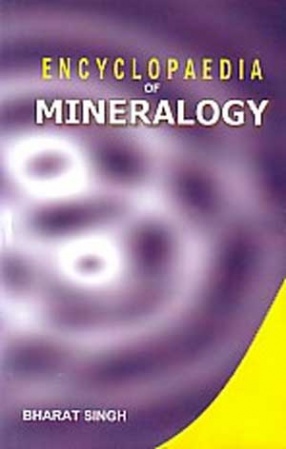




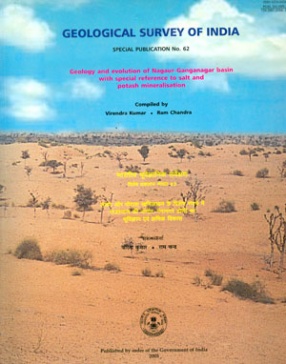
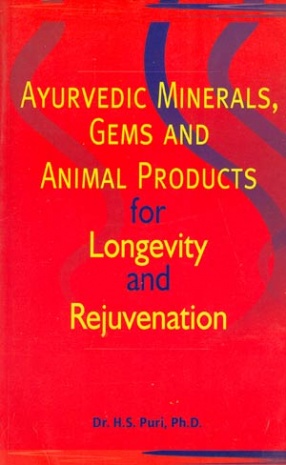
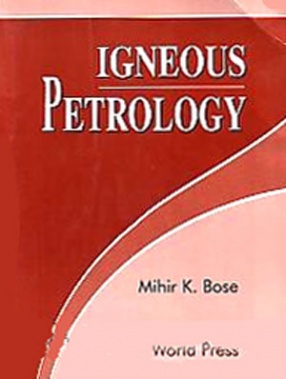
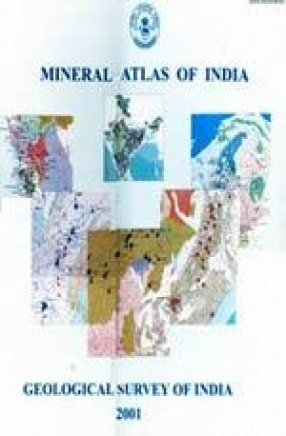

Bibliographic information